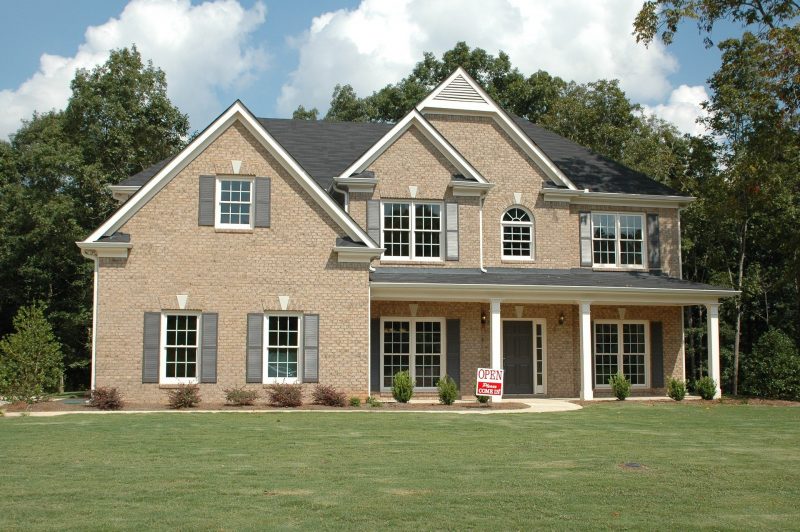Popular Posts
If you’re thinking about taking a mortgage to buy a home, you’ll likely hear the term “loan to value.”
Loan to value (LTV) is a ratio that expresses how much money you will need to borrow as a percentage of the value of the property you want to buy. The more money you put into a down payment, the lower the LTV ratio.
For instance, if you make a 20% down payment, then you will need to borrow 80% of the money for your home. Say the home is selling for $249,000. A 20% down payment comes to $49,800.
The balance you will borrow is $199,200. Your loan-to-value ratio is 80%.

The impact of LTV on your loan comes in several forms. First, a high loan-to-value ratio could result in a less attractive interest rate offer from the bank. You are asking the bank to take on more risk by assuming more of the total loan. To compensate, the bank is likely to charge you more.
Why? Because the bank knows that borrowers who cannot muster a sufficient down payment are higher risk borrowers. They don’t know which borrower will default on their loan, so they charge all such borrowers extra to compensate for the occasional problem account.
The other problem with a high-LTV loan is that the bank is likely to charge you private mortgage insurance (PMI). While you pay this as the borrower, it really protects the bank from the cost of a default if you cease making payments.
In order to ensure that you get the best deal, prepare to make at least a 20% down payment. If that’s not possible, make as large a down payment as you can and understand that you will pay PMI until you hit that 80% mark.
You also may need to renegotiate or refinance your loan once you hit the 80/20 balance, though refinancing also has fixed costs.
The reason banks seek a large down payment is to guard against the risk of having to sell a home with little equity in the case of default. In a rising home market it’s often the case that newly sold homes have at least some equity soon after changing owners.
Nevertheless, local home markets can be fickle, as can the economy. If the value of the home sinks below the sale price it will be hard for the bank to sell the home without taking a loss. Your down payment and PMI shields the bank against this risk.
It’s not impossible to get a home loan without a hefty down payment. Home loans of 95% or higher are approved on a regular basis. Having significant assets, a sterling credit history or both can be a factor in the lending decision.
MarketRiders, Inc. is a registered investment adviser. Information presented is for educational purposes only and does not intend to make an offer or solicitation for the sale or purchase of any specific securities, investments, or investment strategies. Investments involve risk and, unless otherwise stated, are not guaranteed. Be sure to first consult with a qualified financial adviser and/or tax professional before implementing any strategy discussed herein. Past performance is not indicative of future performance.